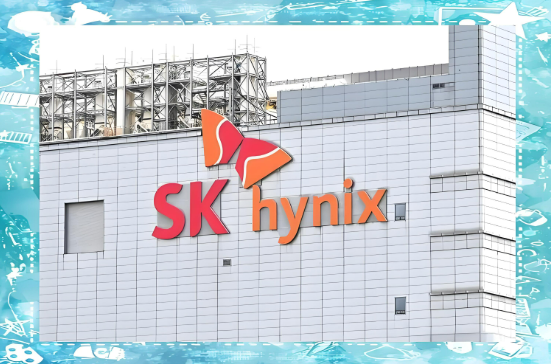On September 2nd, South Korean media mk reported that following major DRAM manufacturers’ announcements of "plans to discontinue DDR4" production, DDR4 market prices have soared. In the wake of this trend, SK Hynix, following Samsung Electronics, has officially reversed its decision to discontinue DDR4 production this year and extended the product’s production cycle.

To seize this market opportunity, SK Hynix is not only adjusting its discontinuation plan but also aiming to increase DDR4 output in the short term—with a key focus on expanding the DDR4 wafer casting scale at its Wuxi plant in China. It is reported that the Wuxi plant adopts relatively older DRAM manufacturing processes, and its current equipment has been fully depreciated, eliminating the need for additional equipment costs. Combined with the current situation where DDR4 prices have surpassed DDR5, ramping up production at this time can not only achieve high profits but also further drive financial report performance.
Looking back at the history of generational shifts in the memory industry, a brief price inversion also occurred during the transition from DDR2 to DDR3, but it only lasted four months before returning to normal. Whether this abnormal price trend between DDR4 and DDR5 will last longer has become a focus of the industry.
ICgoodFind believes that SK Hynix's adjustment of its DDR4 production strategy is a rapid response to market conditions. In the short term, this move can increase the company's profits; in the long term, it is necessary to pay attention to the pace of DDR5 penetration growth, as its changes may affect the subsequent market space of DDR4.




